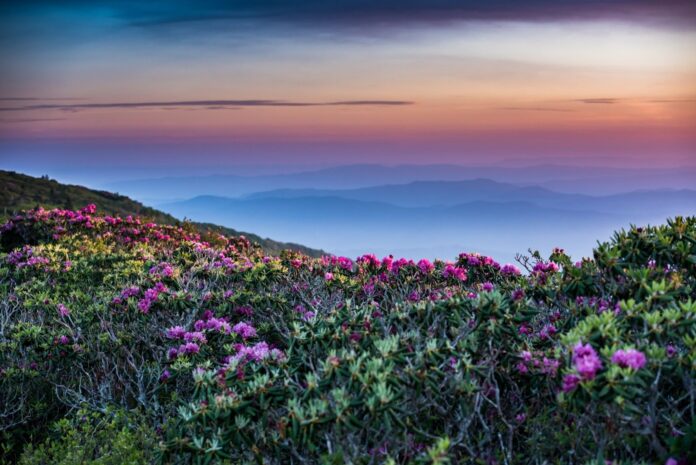From vibrant tulips to delicate cherry blossoms to surprisingly hardy orchids, flowering plants cover the planet. It’s easy to be swept away by their eye-catching colours, but these buds are so much more than meets the eye.
To botanists, flowering plants are called angiosperms, from the Greek words for “vessel” and “seed.” Unlike conifers, which produce seeds in open cones (conifers thrived for 200 million years before the first bloom appeared), angiosperms enclose their seeds in fruit. This trait led to the success of this plant group, which numbers some 235,000 species.
“[Flowers] began changing the way the world looked almost as soon as they appeared on Earth about 130 million years ago, during the Cretaceous period. But once they took firm root about 100 million years ago, they swiftly diversified in an explosion of varieties that established most of the flowering plant families of the modern world,” writes Nat Geo’s Michael Klesius. “As a food source flowering plants provide us and the rest of the animal world with the nourishment that is fundamental to our existence.”
From the gardens of Iceland to the mountains of Nepal, here are 10 places to celebrate abundance—and beauty—in the natural world.
Blue Ridge Mountains, North Carolina
Travellers can find a wealth of plant species in North Carolina’s mountains—the most in any similarly sized area in North America. The most famed may be the rosy rhododendrons that blanket the slopes of the Blue Ridge Mountains in summer.
Numerous hiking trails leading to floral sights are just 30 miles from downtown Asheville, via the 469-mile Blue Ridge Parkway. In June, travellers can take the hour-long drive from Asheville to Bakersville to enjoy the North Carolina Rhododendron Festival.
Lisse, Netherlands
The Netherlands produces nearly 90 percent of the world’s tulips, making it the ultimate destination for a quintessential spring experience. Cycle along the 25-mile Bollenstreek Route (also known as the Bloeman Route, or Flower Route), where flower fields paint the countryside in dazzling colour. Travellers can also visit Keukenhof Gardens, a 79-acre stretch located 16 miles southwest of Amsterdam. Considered the world’s largest flower garden, Keukenhof features seven million tulips, daffodils, and hyacinths in bloom from March to May.










